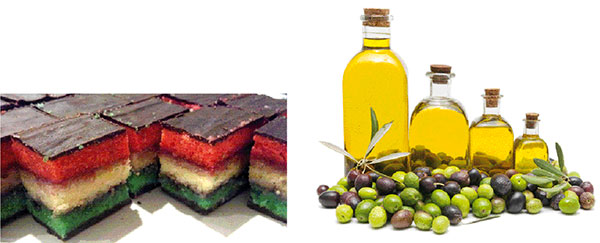Italian food sector: climate of trust
The food industry remains stable for the most part during the fourth quarter of 2013, according to a study conducted in December among concerns of the food industry’s Ismea Panel.
Business climate, still in the negative (at -4.3), in line with the previous quarter, but with 9 points of growth over the same time during the year before (this indicator ranges on a scale from -100 to +100). The stable business climate during this quarter was determined by good current market performance (in terms of orders and stocks scaling) which counterbalances the worsening expectations for production.
Foreign demand performance is fundamental, considering the foundering of domestic demand. Indeed, during the early months of 2013, Istat data on the export of Italian agri-food products (by value) indicate an annual +3.5% for Italian agricultural products and +5.9% for products of the Italian food industry (+5.5% for the agro-food industry as a whole).

Considering the sector as a whole, the situation varies: a few categories stand out for good performance (olive oil, milled products and confectionery), while others show improved confidence, while the general climate remains negative (bread, mineral waters and non-alcoholic beverages, red meats). Nearly half of the sectors involved report a negative climate worse than the one they reported during the previous quarter (milk and dairy, processed meats, semi-processed white meat, fish, pasta, animal feed, wine, ice cream). Finally, three sectors with a positive business climate index reported the climate as worse than the previous quarter (garden fresh produce, rice, baked goods).
Considering the geographical macro-area during the last quarter of the year, the business climate proved negative in the two northern regions and positive in the center and south. Confidence in concerns dropped during this quarter in the northwestern and central regions, while it improved in the northeast and south.
In terms of yearly averages, the food industry reported a net improvement in confidence: the index went from -9.2 in 2012 to -7.6 in 2013. The real situation, while proving still difficult and complex, shows signs of slight recovery observable particularly during the second half of 2013.
Finally, an annual study of commerce confirms that Italian food industry concerns managed to improve turnover during 2013 over the previous year, strengthening their competitive position. Decisive for this performance were foreign markets, especially in the Eurozone, which awarded the most export-oriented sectors, such as baked goods and pasta.




















